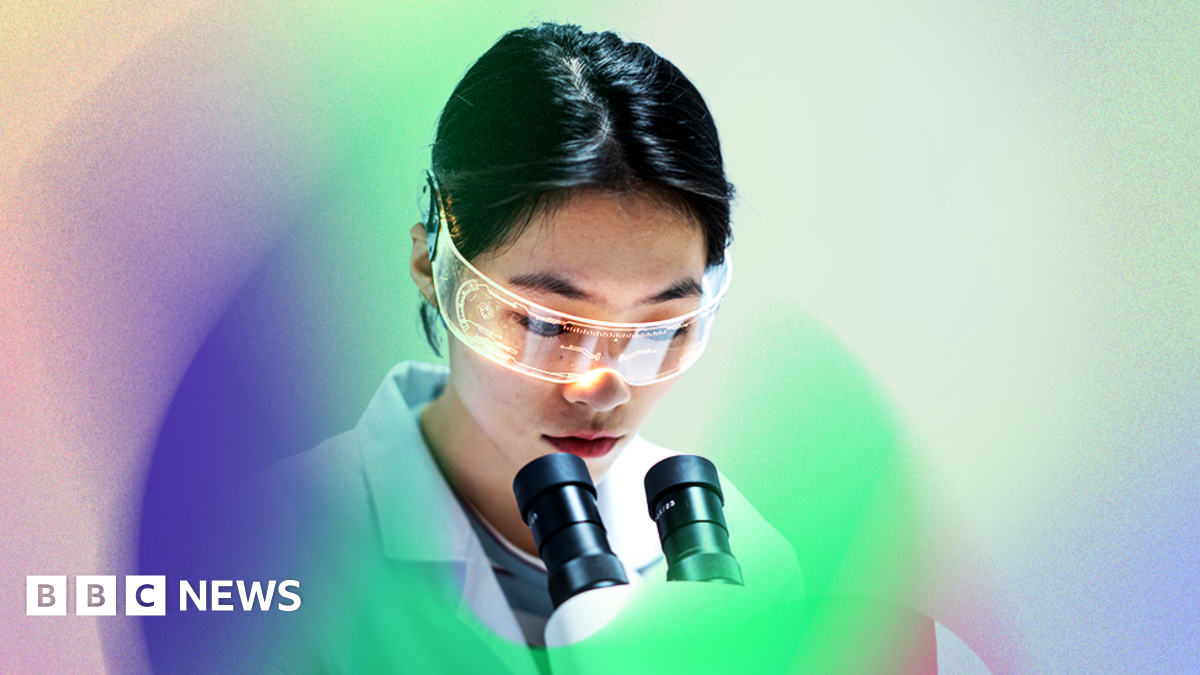This is the first of a six-part series on how AI is changing medical research and treatments.
The heart in front of me beats and moves like a human organ, but has no blood flowing through it, nor does it live in a human body.
It’s a computer-generated heart, or digital twin, used to test implantable cardiovascular devices, like stents, and prosthetic valves that, once confirmed they are safe, will eventually be used on real people.
But the heart’s creators, Adsilico, have gone beyond just creating one accurate model.
Using artificial intelligence and huge amounts of data, they have created multiple different hearts.
These AI-generated synthetic hearts can be made to reflect not just biological attributes like weight, age, gender and blood pressure, but health conditions and ethnic backgrounds.
As these differences often aren’t represented in clinical data, digital twin hearts can help device manufacturers conduct trials across more diverse populations than they could with human trials, or trials involving just digital twins without AI.
“This allows us to capture the full diversity of patient anatomies and physiological responses, which is not possible using conventional methods. This use of AI to enhance device testing leads to the development of devices that are more inclusive and safer,” says Adsilico chief executive Sheena Macpherson.
Credit: Source link











